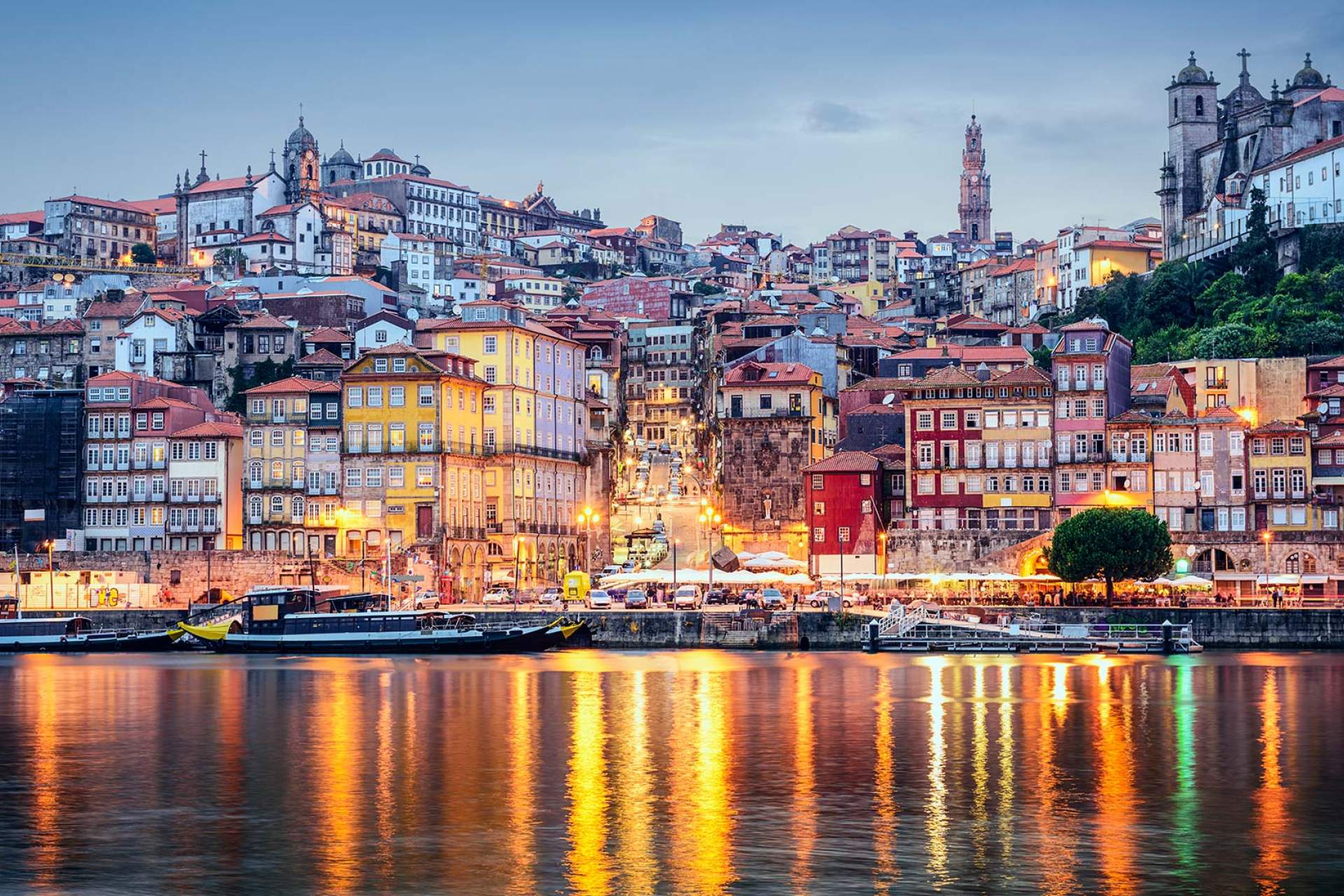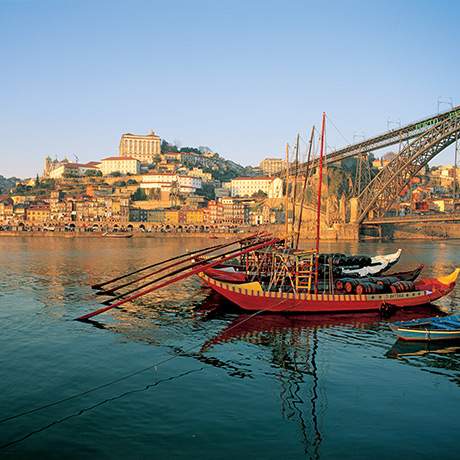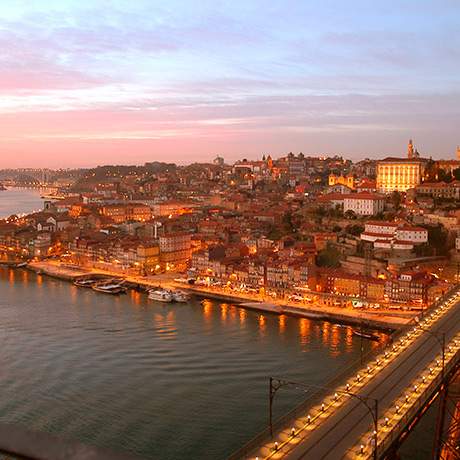
Oporto
The Jewish population of Oporto must have had a significant impact with the Charter - the document that organised the city in terms of administration – given by the Bishop of Oporto, D. Hugo in 1123. This Charter gave significant incentives to trade and to those who settled in the city, to attract people to the village.
As the town grew economically and culturally, the community also increased. There must have been three Jewish quarters: the Old Jewish quarter, in Aldas Street (currently Sant’Ana Street) across to Escura Street and to Chã Street; Monchique Jewish quarter, outside the walls, in Miragaia; and the Nova do Olival Jewish quarter, again within the walls.
Today, the main traces can be seen in what was the Nova do Olival Jewish quarter, where D. João I (1357-1433) ordered authorities to concentrate the Jews in 1386. The Synagogue of this Jewish quarter was probably located where the Monastery of São Bento da Vitória is today, near the old jail. Delimited by the current S. Bento da Vitória Street, by the stairs of Vitória, old Escadas da Esnoga, and the Belomonte Street, the main axis of the Jewish quarter was S. Miguel Street, where the main merchants of the community lived.
A possible secret synagogue was recently found in no 9-11 of S. Miguel Street. The Hejal is well preserved and can be visited. The intellectual and writer Immanuel Aboab (1555-1628) as a childhood memory recalls that after having immigrated, he used to go to this synagogue to pray with his parents.
The current Israeli Community of Oporto was founded in 1923 by the initiative and commitment of the then Captain Barros Basto and by a group of Jewish merchants from Eastern and Central Europe, in a town where there was no Jewish community since the expulsion and forced conversion of 1496-7.
The community built the Kadoorie Synagogue - Mekor Haim (Source of Life), the largest synagogue in the Iberian Peninsula and one of the largest in Europe.
Close
Search results for:
No results were found matching your search.
Information available soon.




